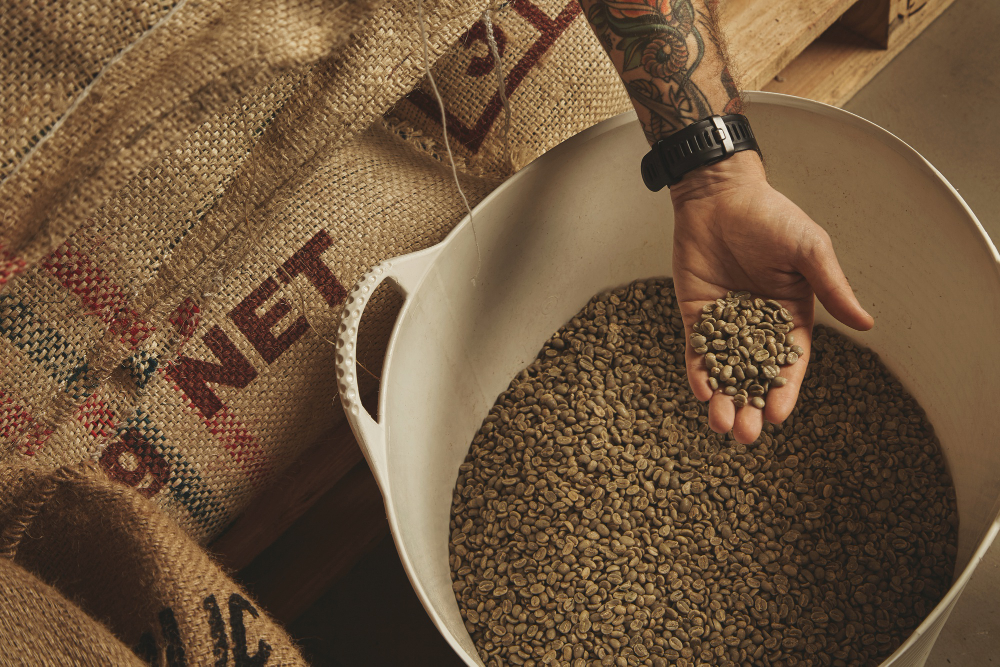How Smarter Storage and Testing Can Help Preserve Your Grain
Once your harvest is in, you breathe a sigh of relief. But the real work of protecting that yield has only begun. Managing storage conditions can make the difference between selling high-quality grain and discovering costly losses. Somewhere between the dusty bin walls and the quiet hum of monitoring fans lies the secret to long-lasting value: the benefits of grain quality testing are often underestimated until it’s too late.
Let’s walk through how integrating more innovative tools and better processes can help you preserve more, worry less, and ultimately earn more from your efforts.

Stop Guessing and Start Monitoring
It’s one thing to store grain. It’s another thing to truly know what’s happening inside the bin day by day. The use of a grain bin monitoring system provides continuous updates, helping farmers detect small issues before they become major problems. Whether it’s a spike in temperature or moisture that lingers too long, these subtle signs are early warnings. You’re not relying on guesswork—you’re acting on data.
With sensors providing real-time insights, every decision you make—whether to run fans, check bins, or sell—comes from a place of clarity. The monitoring doesn’t sleep, and that kind of consistency is priceless during unpredictable weather swings.
The Tools That Make a Difference
If you’ve ever questioned whether a grain lot was truly market-ready, you’re not alone. Even a small variation in quality can impact its value. This is where grain testing equipment plays a vital role. These tools are simple to use but incredibly insightful. From protein levels to moisture content, one quick test can save hours of second-guessing and help you meet market standards with confidence.
Plus, grain buyers trust data. When you walk into negotiations with solid test results in hand, you’re not just hoping—you’re demonstrating value. It’s a quiet shift in control that adds strength to your bottom line.
Every Kernel Counts
Airflow is critical, and so is understanding the moisture balance across your stored crop. Installing grain bin moisture sensors gives you access to a deeper level of insight. Think of them as the eyes within your bin—discreet, reliable, and highly informative.
These sensors alert you when certain areas are drying unevenly, allowing you to adjust or manage airflow accordingly. This kind of attention to detail reduces spoilage risk and helps maintain grain condition for longer periods. In short, it’s the difference between grain that sits idle and grain that stays profitable.
You Don’t Need Fancy—You Need Functional
Sometimes, all it takes is a few changes. Good equipment. Consistent monitoring. A little knowledge, paired with the right tools. Together, they create a system that guards your investment from silent threats like mold, shrinkage, and hidden heat pockets.
One fan running at the right time could extend the shelf life of an entire bin. One test could save a load from rejection. One reading could prevent a fire. Grain protection isn’t complicated—it’s deliberate.
Ready to Regain Control?
The longer the grain sits, the more it’s at risk. And while nothing replaces your hard-earned experience, having a few modern tools in your corner can make all the difference. Whether it’s smart sensors or trusted testing tools, the goal remains the same: to keep your grain in the best possible shape for as long as possible.
Start now by reviewing your current storage setup. Are you monitoring conditions daily? Do you have quality checks in place? Small changes today can mean bigger profits tomorrow.
Take action and explore the grain protection solutions available from Binfan Control. Your harvest deserves it.